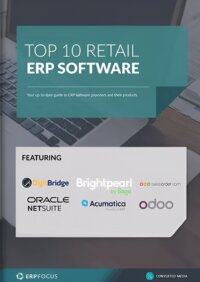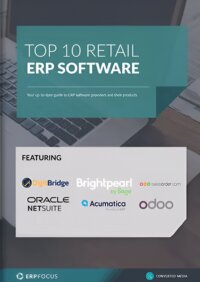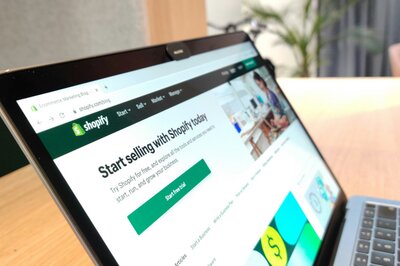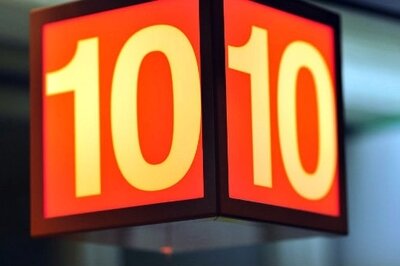Integrating your ERP with POS
If your business has any type of retail transaction, you have some type of POS, or point of sale, system. You might use an old-fashioned cash register with a money drawer. You might have a shoe box under the counter where you put money after a transaction is completed. Many businesses have adapted newer systems that can include a barcode scanner and the capability to record credit card purchases while connecting to the card provider. These newer systems usually can record cash payments too.
What POS can do
A merchant scans an item, then the customer swipes a credit card and the transaction is complete. The merchant has a sales record including the item sold and the amount of the sale and can total the amounts for daily and monthly sales amounts and the numbers of each item sold.
What POS cannot do
Your POS system tells you how much you sold. It does not report on other important factors needed to profitably manage your business. You sold an item for $10 but how much did you pay for that item? The difference is your margin on that item but you still don’t have your profit. You also need to subtract rent and utility costs, payroll, and other expenses before arriving at your bottom line.
POS can tell how many of that item you sold but cannot let you know how many are still in your stockroom or how many are on the way to your store from open purchase orders.
Where ERP can help
ERP, or enterprise resource planning, solutions are systems that combine accounting, financial management, inventory, purchasing, customer management, quality systems, and many other component modules that are available depending on your specific business, ERP goes beyond how many were sold to add future incoming amounts and previous receipts of that item so you know how many should be available.
You can perform a stock count and, if there is any difference, you can record any shrinkage for that item. ERP tracks your sales amounts over time and calculates your liability for sales or value-added taxes enabling you to save cash aside for payments you know are upcoming.
ERP also records when your bills are due so you can plan outgoing payments over time in the future to help manage cash. ERP includes a customer relationship management tool so you can know actual patterns of sales to specific customers and plan for the future.
CRM tracks how promotions affect sales overall and to specific customers which will help manage future promotions. CRM alerts you when a customer has not made any recent purchases so you can find out why and make changes to keep that customer’s business.
Integrating POS and ERP
Both ERP and POS provide a lot of value in helping manage your business. But they are separate systems, both running on computers. Can they communicate with each other? Simple integration is manual: you take the sales amounts from POS and type them into your ERP.
These both are computer systems and we can link them using web services and similar tools. Now all the details from your POS can move to ERP and data from ERP such as inventory levels can move to POS. The process is not easy but it has been done many times and you can get it done in your business too.
Free white paper

Top 10 Retail ERP Software Comparison
Get your free comparison of the top 10 retail ERPs

Featured white papers
Related articles
-

Nine signs you need an eCommerce ERP integration
A guest blog from Brightpearl discussing eCommerce ERP and integration
-

Secret KPI: Why Your ERP Implementation Team Matters More Than Software
Learn how Godlan ensures successful ERP implementation for manufacturers with proven strategies &...
-

Top 10 ERP selection criteria (including checklist)
The most important ERP selection criteria you should keep in mind during your selection process.

